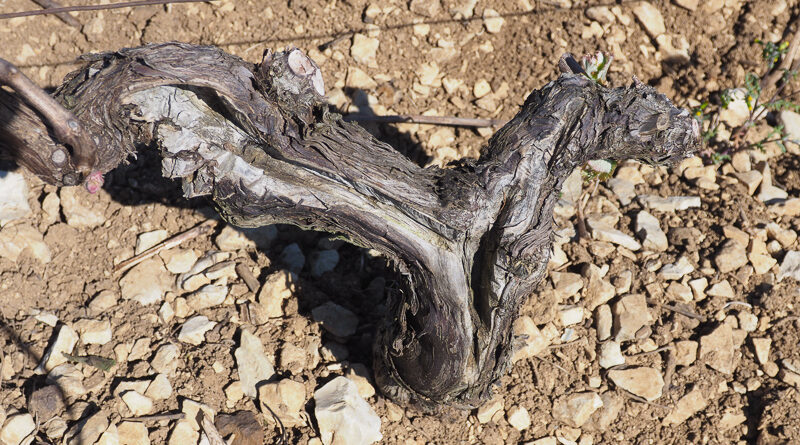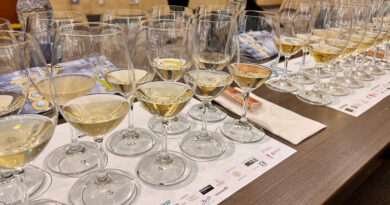Curettage: a ‘surgical’ treatment for trunk diseases that seems to work
Jamie Goode reports on a pair of scientific papers that validate the practice of curettage/curetage for treating grapevine trunk diseases.
Trunk diseases are a major concern in the world of wine. And one in particular has been scaring European winegrowers over the last couple of decades: ESCA. It’s caused by a range of fungi that attack the woody tissues of vines, destroying them – a process called necrosis. In the period 2012-2017 the proportion of the vineyard in France that was unproductive was 12%, with ESCA the leading cause. Since the outlawing of sodium arsenate in 2003 in the European Union, there has been no remedy.
There are preventive measures that can be taken. You can try to avoid pruning during wet weather. Pruning cuts shouldn’t be too large or too close to the remaining wood (to avoid what is called a cone of desiccation spreading back from the cut and obstructing the sap flow). Pruning should try to respect the sap flow. And pruning wounds should be sealed. Some varieties are also more susceptible than others. There is also a question mark around nursery practices, and the omega graft itself.
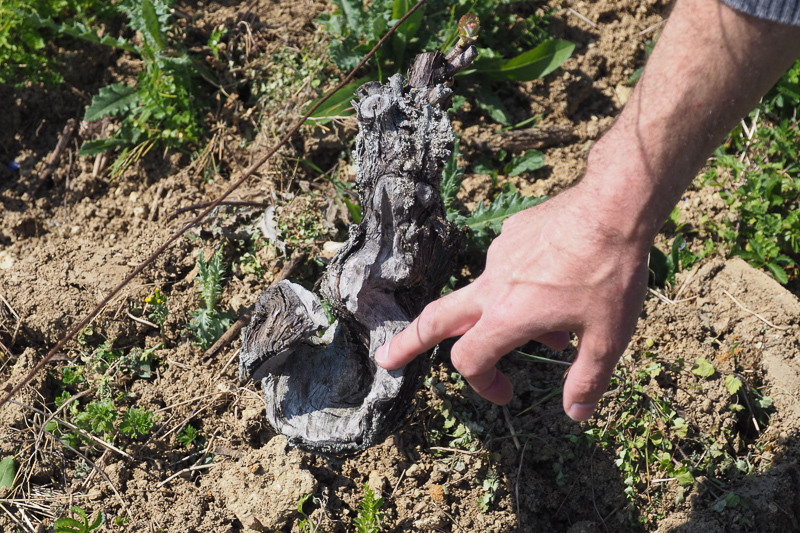
But there is one curative treatment that I’ve seen in action. It’s called curettage (also referred to as curetage), and it’s like dentistry for old vines. I saw it in the Centre Loire, where Sauvignon is the main variety, and is especially susceptible to ESCA. Curettage involves cutting out any rotten wood, and particularly the white rot, using a small chainsaw. It leaves just the sound wood, and the vines recover, and start yielding again.
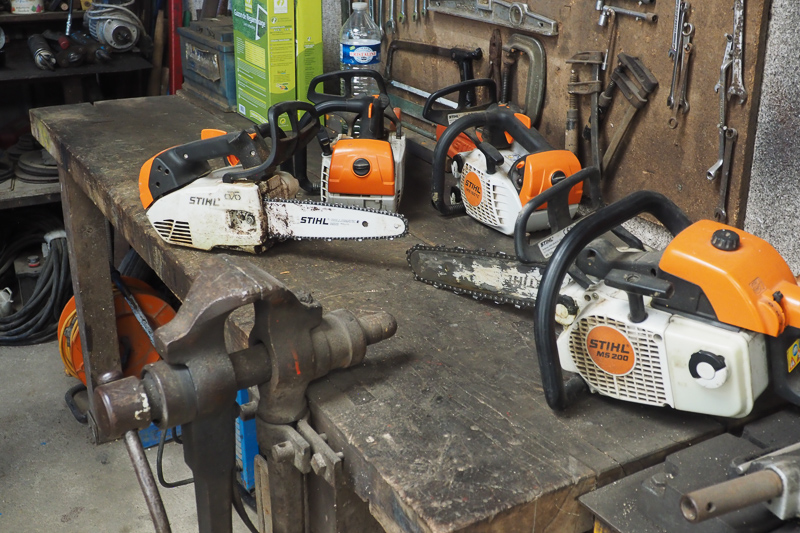
Until now many scientists had questioned this technique because it hadn’t been studied with any rigour. But two recent papers from the University of Bordeaux have shown that curettage does seem to work. The papers were from the same group, with with different lead authors. In the first, by Céline Cholet and colleagues, they looked at how curettage worked in terms of the productivity of the vine, and in the second by Émilie Bruez and colleagues, they looked at the effect on wine quality.
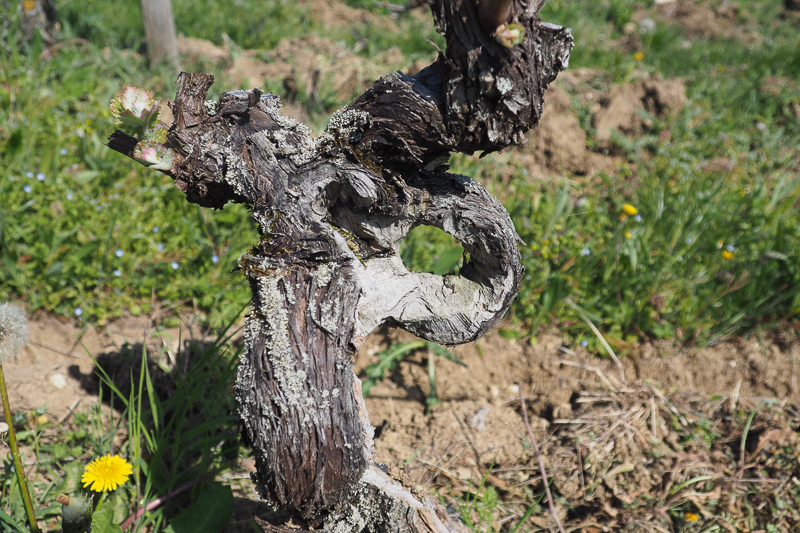
The study involved several years of observation on a vineyard in Beguey, near Bordeaux, with three years of experimental study. This was a plot planted in 1994, and the variety was Sauvignon Blanc, which is very susceptible to ESCA, omega-grafted onto 101-14 rootstock, and double-Guyot pruned. They split the vineyard into three experimental treatments: a control, and then two plots affected by ESCA, one of which had vines treated with curettage.
They found that initially the curetted vines had lower yields than the controls, but they produced similar quality grapes, while the non-curetted ESCA vines didn’t. Eventually, the curetted vines fully recovered. The curetted vines produced a wine of a similar quality to the control vines, while the non-curetted vines didn’t.

So, curettage works. The drawbacks? You need to know what you are doing, and it takes time, which makes it expensive. But if you are looking at an old vineyard that makes serious wine, then it’s a no brainer. The alternatives – replanting, or cutting down and growing up a new trunk – lose one to three years of production, whereas curettage doesn’t.

